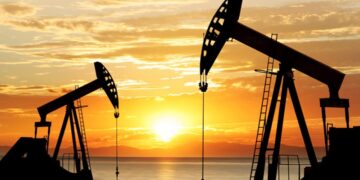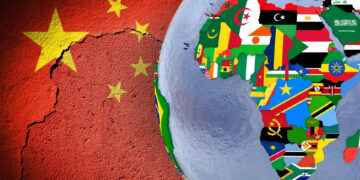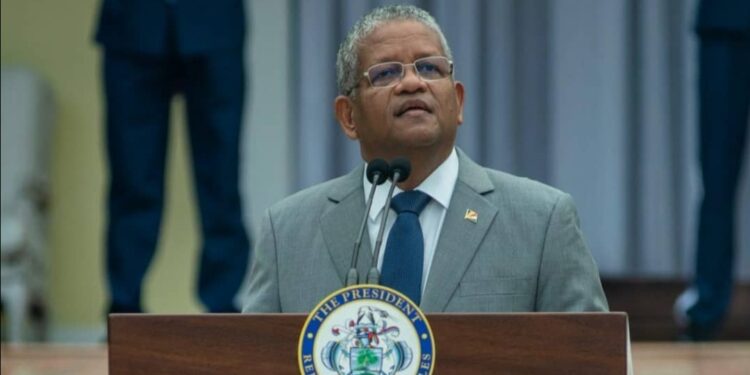President of Seychelles, Wavel Ramkalawan has announced a state of emergency following a blast at a store and flooding due to heavy rainfall, ordering all citizens except essential workers to stay at home, the presidency said on Thursday.
“Following an explosion at the CCCL explosives store that has caused massive damage… and major destruction caused by flooding due to heavy rains, the President has declared a State of Emergency for today the 7th December,” the presidency said in a statement.
“All schools will be closed. Only workers in the essential services and persons travelling will be allowed free movement. This is to allow the emergency services to carry out essential work,” the statement added.
The explosion occurred in the Providence industrial area in Mahe, the largest island in the Indian Ocean archipelago.
An AFP report says it caused a huge damage there and to surrounding areas, quoting the presidency said, without providing further details.
“The Seychelles International Airport is still operational and ferry services between islands are operating for visitors,” the tourism-dependent country said on its official Visit Seychelles account on X.
A former British colony, the Seychelles is made up of 115 islands and according to 2021 World Bank data is the richest African country as measured by per capita gross domestic product, with tourism and fishing the biggest contributors to the economy.
However, the high cost of living means that around 40 percent of the country’s 98,000 inhabitants live in poverty.
Mahe, where the capital Victoria is located, is home to 87 percent of the country’s population.
Parts of Africa, particularly Kenya, Somalia and Ethiopia, have experienced heavier rainfall than usual since October, linked to the El Nino weather phenomenon.
According to the UN, the situation has been exacerbated by the combined impact of El Nino and the Indian Ocean Dipole — a climate system defined by the difference in sea surface temperature between western and eastern areas of the ocean.
El Nino is typically associated with increased heat worldwide, as well as drought in some parts of the world and heavy rains elsewhere.
El Nino last occurred in 2018-2019 and was followed by an exceptionally long La Nina — El Nino’s cooling opposite — which ended earlier this year.
Extreme weather events are occurring with increased frequency and intensity.



































